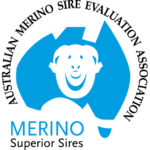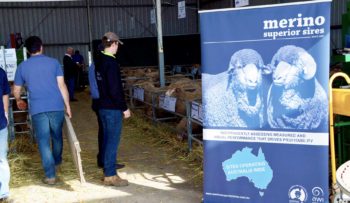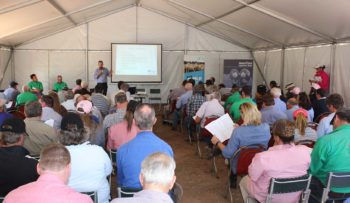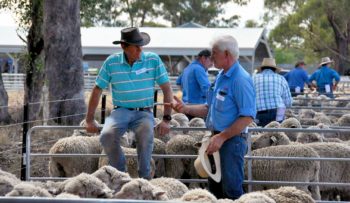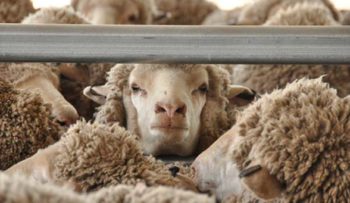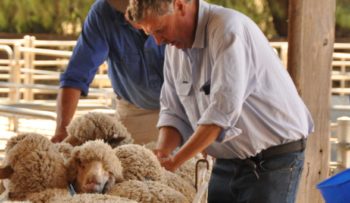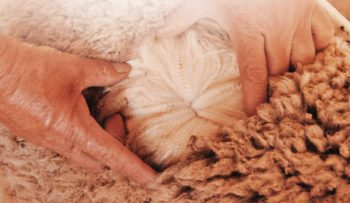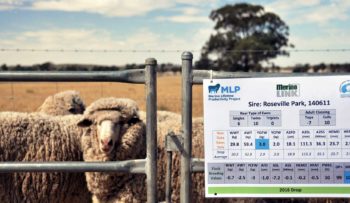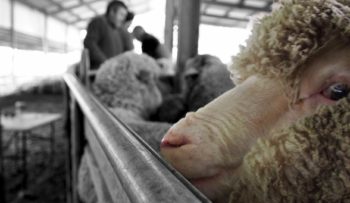Merino Superior Sires (MSS) is a sire evaluation program that compares the breeding performance of a sire by evaluating his progeny and their expressed traits relative to the progeny of other elite MSS sires. Progeny are evaluated to assess a sire’s breeding performance for a large number of traits which are important to breeders and commercial producers. The results assist in the selection of sires suitable for a large range of breeding objectives.
This website provides the Merino industry with an avenue for accessing the data and results of sires involved in the Merino Sire Evaluation (MSE) program. The MSE is a national program currently operating at 9 sites across Australia. Five of these sites are hosting the Merino Lifetime Productivity (MLP) Project – a research project tracking a sire’s ewe progeny through their lifetime.
The Australian Merino Sire Evaluation Association (AMSEA) manages both the MSE program and the MLP Project at a national level on behalf of breeders and the Merino industry.
The Australian Merino Sire Evaluation Association (AMSEA) is a not-for-profit organisation that oversees Merino Sire Evaluation across a range of sites located throughout Australia. These sites provide unique opportunities for ram breeders to compare genetic performance of individual rams with those from other ram breeding flocks.
AMSEA collates, analyses and publishes data from all sire evaluation sites to form the national publication Merino Superior Sires. AMSEA is also the governing body that determines the requirements for how each site is operated.
Merino Sire Evaluation commenced in Australia in 1989 and since then, has been at the forefront of genetic progress in the Merino industry. Through its innovative programs of benchmarking sires for both measured and visual performance, AMSEA has driven genetic gain by providing ram breeders access to the latest information and results that promote profitability.
AMSEA is the organisation that is delivering the multi-million dollar Merino Lifetime Productivity (MLP) Project, funded by Australian Wool Innovation, to the industry between 2015 and 2024.

